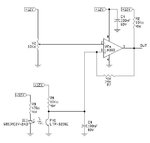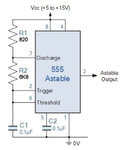tnnedaboard
Member level 3
Hi,
I made a proximity sensor with this IR emitter LL-503IRC2V-2AD and this phototransistor LTR-3208E
wavelength 940nm.
it works well, except if I expose it to sunlight both directly and indirectly ...
can you recommend something to solve?
can I put a filter in front of the window where the emitter and the phototransistor are located?
it is urgent thanks ...
I made a proximity sensor with this IR emitter LL-503IRC2V-2AD and this phototransistor LTR-3208E
wavelength 940nm.
it works well, except if I expose it to sunlight both directly and indirectly ...
can you recommend something to solve?
can I put a filter in front of the window where the emitter and the phototransistor are located?
it is urgent thanks ...

